Description
Triethanolamine: An Everyday Chemical with Surprising Versatility
Triethanolamine (TEA), a clear, viscous liquid with a mild ammonia-like odor, is likely present in more of your everyday products than you might imagine. From your favorite cosmetics to the concrete that forms the foundation of your home, TEA plays a crucial role in a wide array of applications. While the name might sound intimidating, understanding its properties and uses can shed light on its significant impact on our modern world.
What is Triethanolamine?
TEA is an organic chemical compound belonging to the family of alkanolamines. Its chemical formula is N(CH₂CH₂OH)₃, indicating that it consists of a nitrogen atom with three ethanol groups attached. This structure gives TEA its unique properties, making it a valuable ingredient in various industries.
Key Properties and Characteristics:
- Alkaline: TEA is a weak base, meaning it can neutralize acids. This property makes it useful as a pH adjuster in many formulations.
- Emulsifier: TEA helps to mix and stabilize oil and water, preventing them from separating.
- Surfactant: TEA can reduce the surface tension of liquids, improving their wetting and cleaning properties.
- Hygroscopic: TEA readily absorbs moisture from the air, helping to retain moisture in products.
A Multifaceted Chemical: Its Numerous Applications
TEA’s versatile properties make it a valuable ingredient in diverse industries:
- Cosmetics and Personal Care: This is perhaps where TEA is most commonly encountered. It’s found in:
- Creams and Lotions: As an emulsifier, TEA helps blend oil and water, creating smooth and stable formulations.
- Cleansers and Soaps: As a surfactant, it helps to remove dirt and oil from the skin.
- Shampoos and Conditioners: It can help adjust the pH and improve the texture of hair products.
- Sunscreens: TEA can contribute to the stability and spreadability of sunscreen formulations.
- Pharmaceuticals: TEA is used in some pharmaceutical preparations as a buffering agent and to improve the solubility of active ingredients.
- Industrial Applications: TEA plays a significant role in various industrial processes:
- Cement Production: TEA is used as a grinding aid in the production of cement, helping to reduce energy consumption and improve the quality of the final product.
- Metalworking Fluids: It acts as a corrosion inhibitor and helps to lubricate metal surfaces during machining.
- Textile Industry: TEA is used as a softening agent and as a component in dyeing processes.
- Agricultural Products: TEA is sometimes used in herbicides and pesticides as a stabilizer and to improve their effectiveness.
Safety Considerations:
While TEA is generally considered safe for use in cosmetics and other applications at typical concentrations, some concerns have been raised about its potential to form nitrosamines, which are known carcinogens. However, this risk can be minimized by avoiding the use of TEA in combination with nitrite-containing ingredients.
Regulatory bodies like the Cosmetic Ingredient Review (CIR) Expert Panel have assessed TEA and deemed it safe for use in cosmetics when formulated to be non-irritating. However, as with any chemical, it is important to follow recommended usage guidelines and to be aware of potential sensitivities.
The Future of Triethanolamine:
As industries continue to evolve and demand more sustainable and efficient solutions, research into alternative and bio-based alkanolamines is ongoing. However, TEA remains a cost-effective and widely used chemical with a proven track record in numerous applications. Its versatility ensures its continued importance in various sectors for the foreseeable future.
In Conclusion:
Triethanolamine is a vital chemical compound with a wide range of applications, impacting our daily lives in ways we may not realize. From the personal care products we use to the materials that build our infrastructure, TEA’s unique properties make it an indispensable ingredient across various industries. Understanding its role and safety considerations allows us to appreciate the complexity and innovation behind the products we rely on every day.

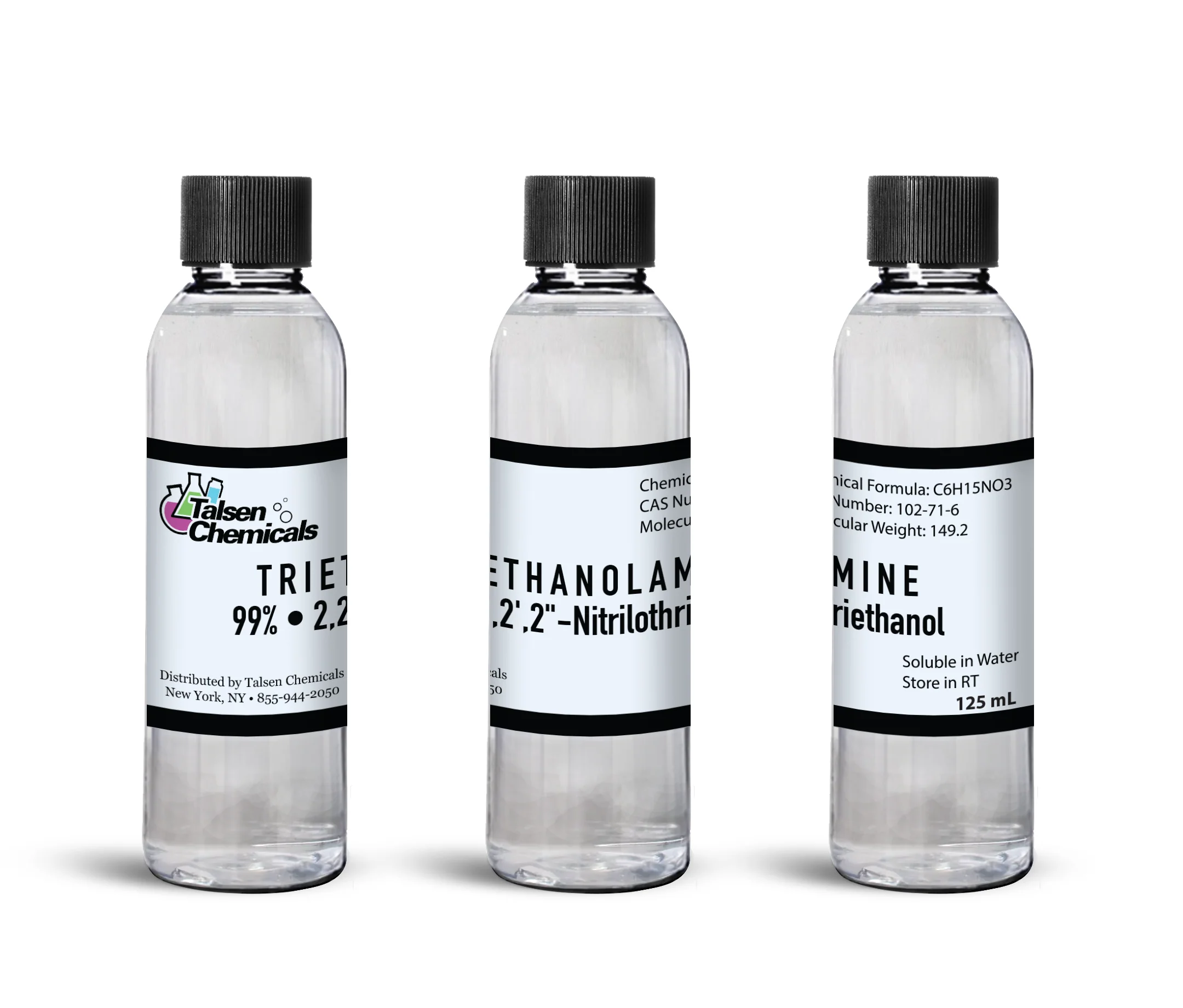



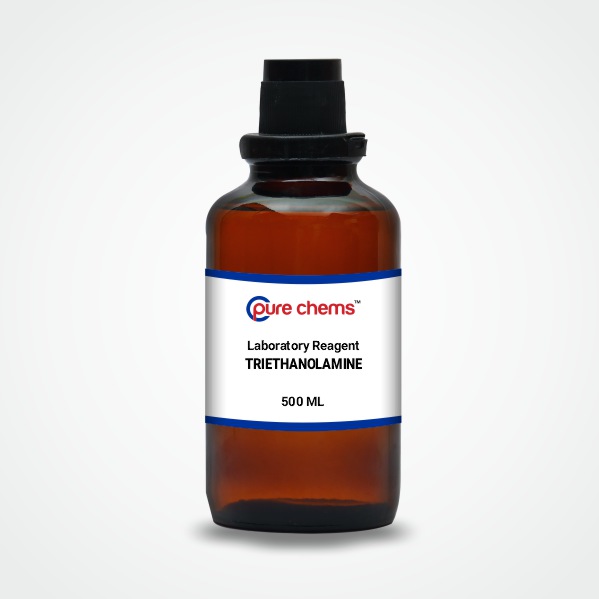

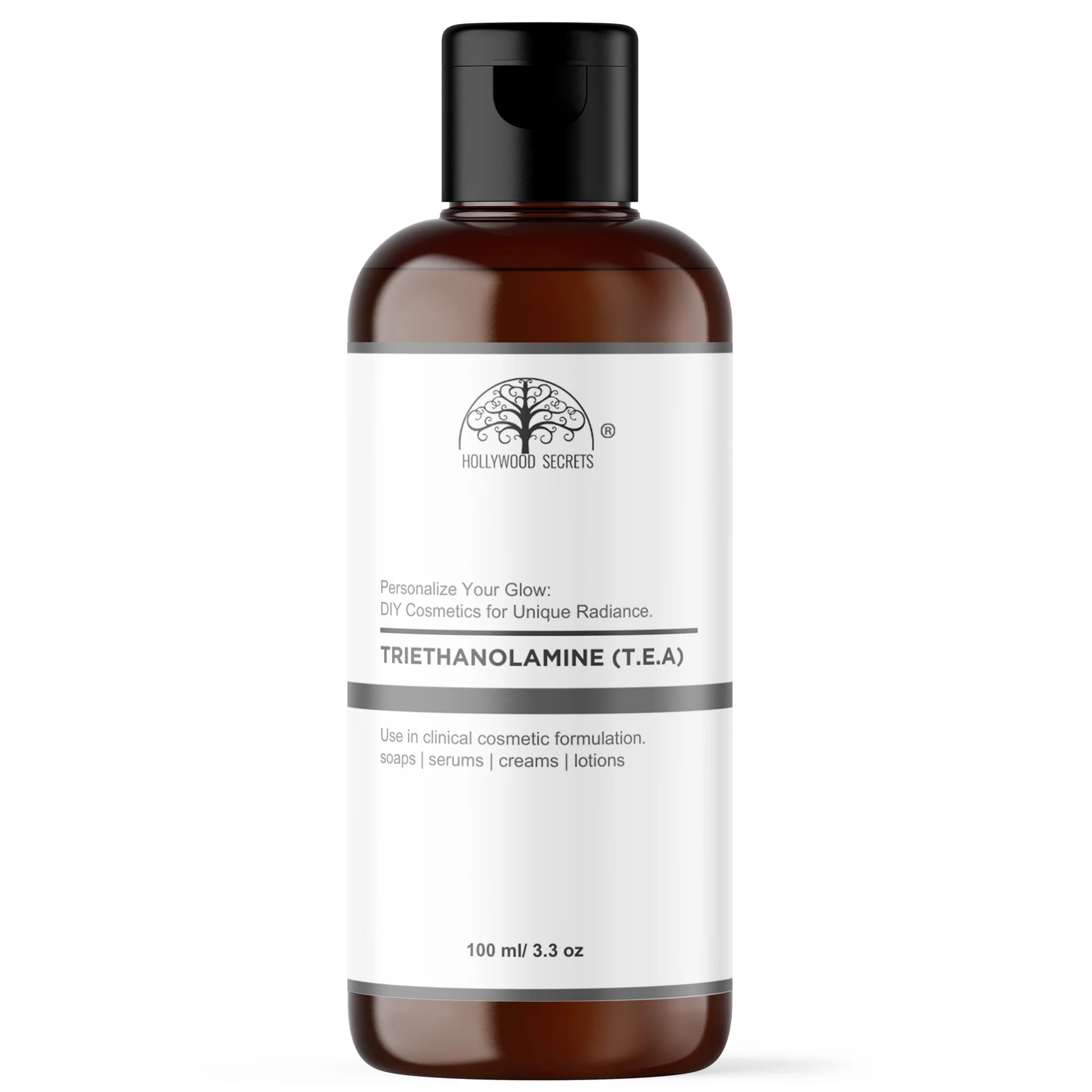
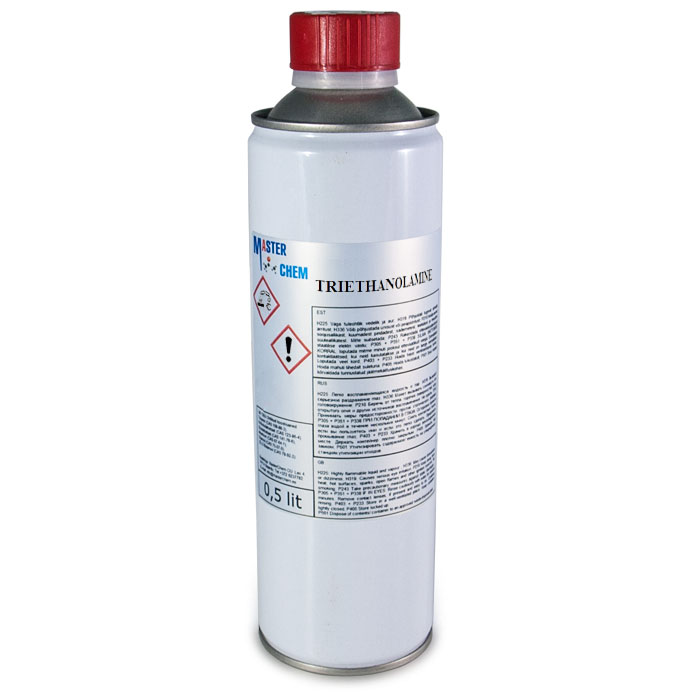
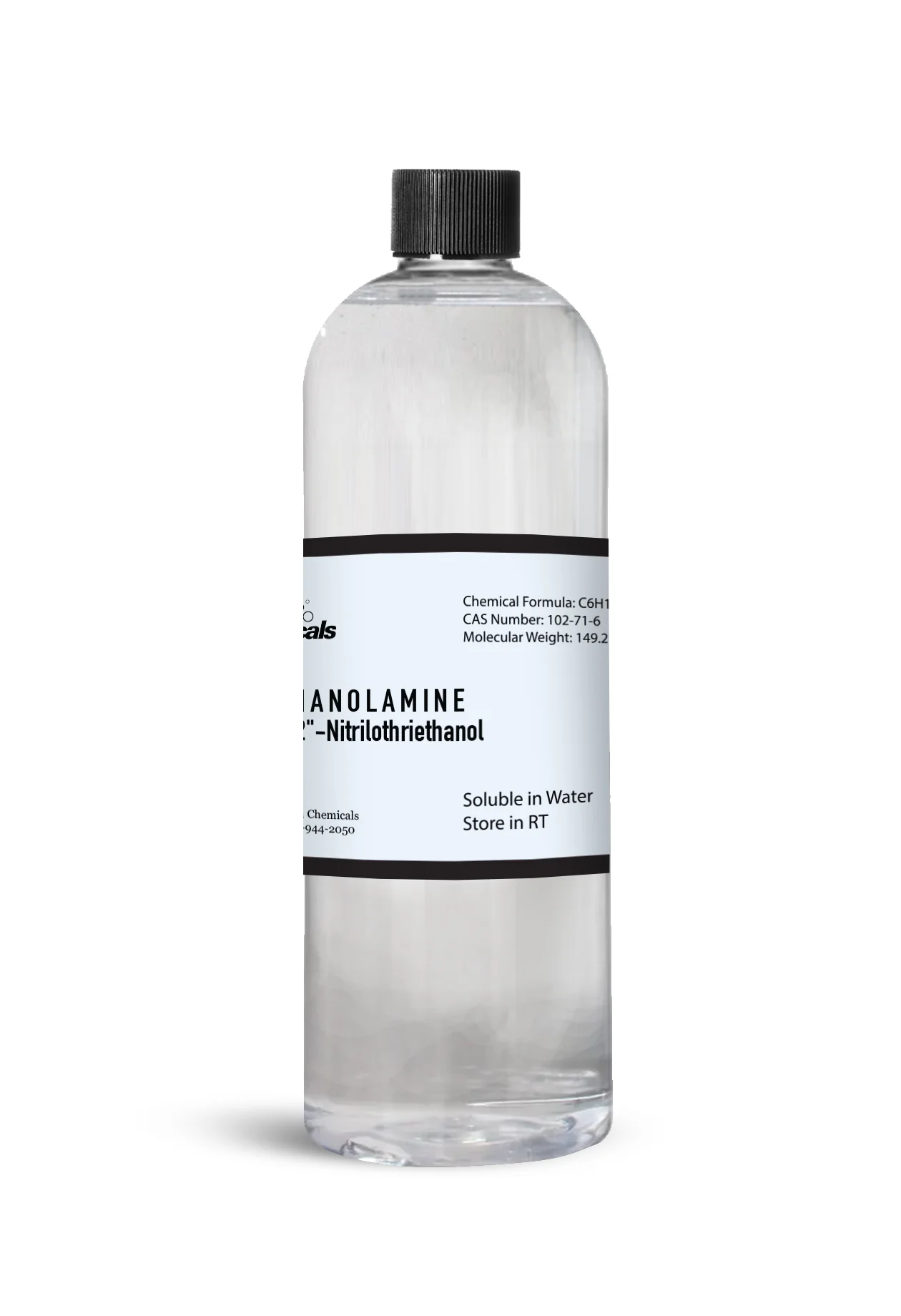


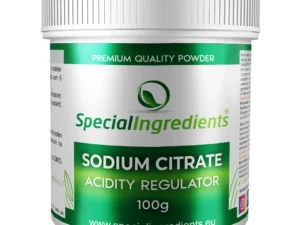
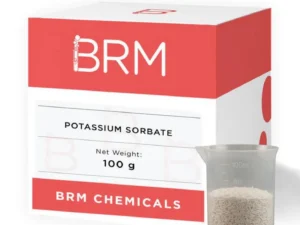
Reviews
There are no reviews yet.